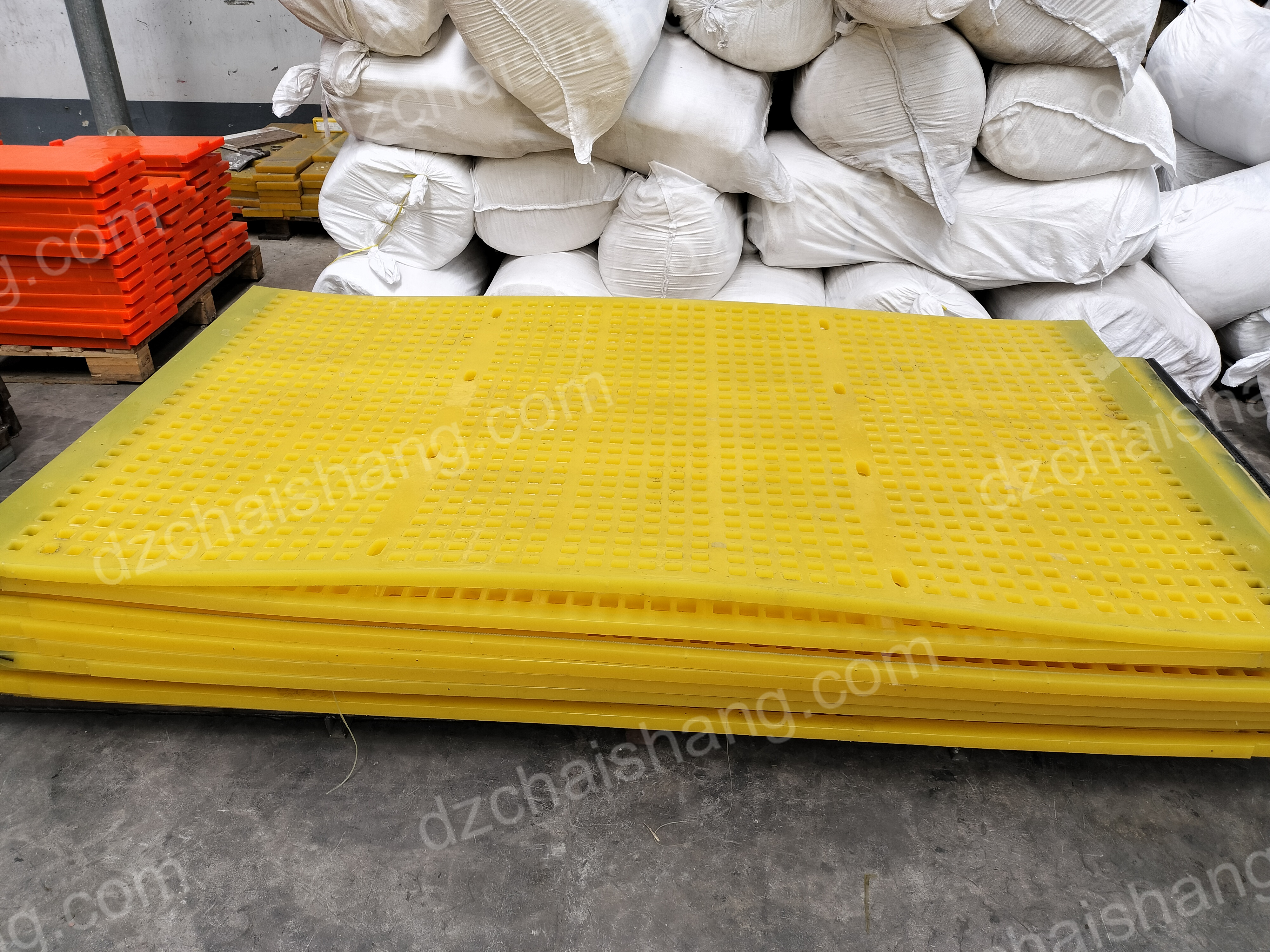- 26
- Mar
Explore the unique advantages and application fields of polyurethane high-frequency screens
Introduction
Polyurethane high-frequency screens offer unique advantages in various application fields due to their durability, flexibility, and efficiency. These screens are commonly used in industries such as mining, construction, and aggregate processing. Let’s explore the specific advantages and application fields of polyurethane high-frequency screens.
Advantages of Polyurethane High-Frequency Screens

Polyurethane high-frequency screens are a type of screening equipment that offer a range of unique advantages over traditional screens. These screens are made from polyurethane, a versatile material known for its durability, flexibility, and resistance to wear and tear. In this article, we will explore the advantages of polyurethane high-frequency screens and their application fields.
One of the key advantages of polyurethane high-frequency screens is their high abrasion resistance. This makes them ideal for use in industries where materials with high abrasiveness are being processed. The polyurethane material used in these screens is able to withstand the wear and tear that comes with constant use, ensuring a longer lifespan for the equipment.
Another advantage of polyurethane high-frequency screens is their flexibility. Unlike traditional screens made from rigid materials like steel, polyurethane screens are able to flex and bend without breaking. This flexibility allows for better screening performance, as the screen can conform to the shape of the material being processed, resulting in more accurate and efficient screening.
Polyurethane high-frequency screens also offer excellent vibration absorption properties. This helps to reduce noise levels during operation, creating a more comfortable working environment for operators. Additionally, the vibration absorption properties of polyurethane screens help to prevent damage to the equipment and surrounding structures, prolonging the lifespan of the screening equipment.
In addition to their durability and flexibility, polyurethane high-frequency screens are also known for their high screening efficiency. The high-frequency vibrations generated by these screens help to separate materials more effectively, resulting in a higher throughput and improved screening accuracy. This makes polyurethane screens a popular choice for industries where precise screening is essential.
Polyurethane high-frequency screens are used in a wide range of industries, including mining, construction, recycling, and aggregate processing. In the mining industry, these screens are used to separate valuable minerals from waste materials, improving the efficiency of the extraction process. In the construction industry, polyurethane screens are used to separate aggregates of different sizes, ensuring that only the desired materials are used in construction projects.
In the recycling industry, polyurethane high-frequency screens are used to separate recyclable materials from waste, helping to reduce the amount of waste sent to landfills. These screens are also used in the aggregate processing industry to separate materials of different sizes for use in construction projects.
Overall, polyurethane high-frequency screens offer a range of unique advantages that make them a popular choice for a variety of industries. Their durability, flexibility, vibration absorption properties, and high screening efficiency make them an ideal solution for industries where precise and efficient screening is essential. Whether you are in the mining, construction, recycling, or aggregate processing industry, polyurethane high-frequency screens can help improve the efficiency and accuracy of your screening operations.
